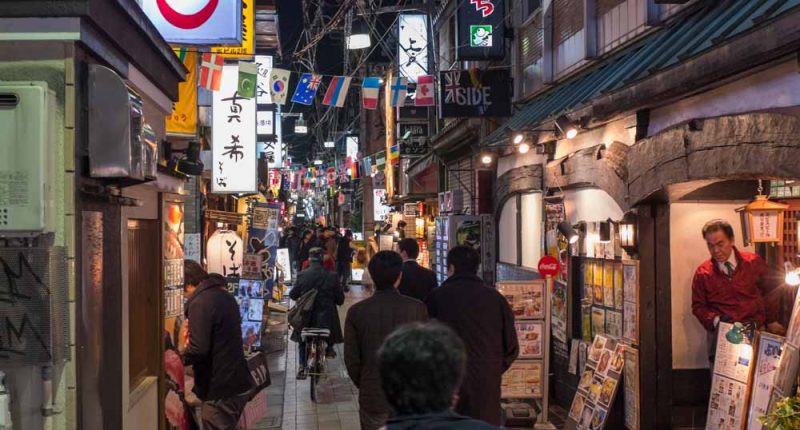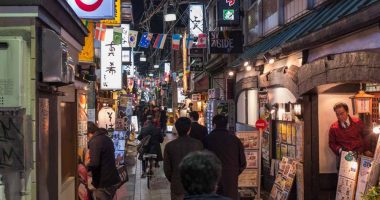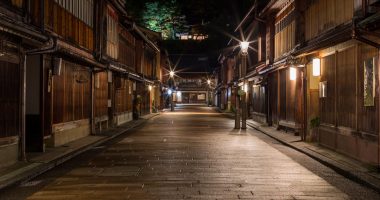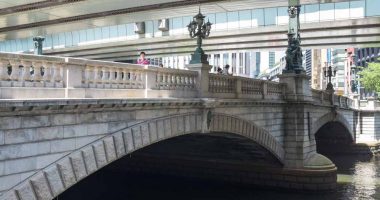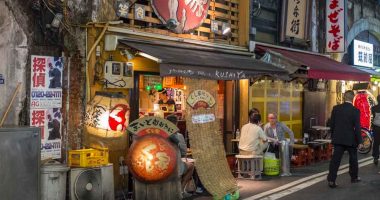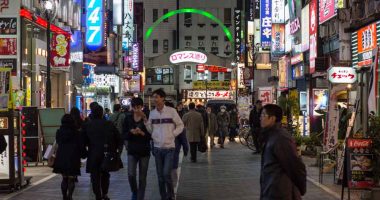Nakano (中野) is one stop from Shinjuku on the Chuo Line Rapid Service and one of most densely populated areas in Tokyo. A homely, suburban atmosphere coupled with good access to both east and west Tokyo mean that it’s a popular place to live. For tourists, the reason to visit Nakano is the maze of side streets that make up the commercial district (shoten-gai) just north of the station. This is a fun place: among the establishments you can find kiosk-sized bars into which only 5-6 people can squeeze, traditional izakaya, 80s-themed music bars, and other establishments. Moreover, the stone-paved narrow side streets and abundance of red lanterns outside the izakaya give the area a very “Japanese” feel. Despite its proximity to Shinjuku, not many tourists visit the area.
Be sure to pay a visit to Nakano Broadway, a 4-floor shopping complex located at the end of Nakano Sunmall that sells anything from model train sets and manga to second-hand watches with price tags that would make your eyes bulge.
